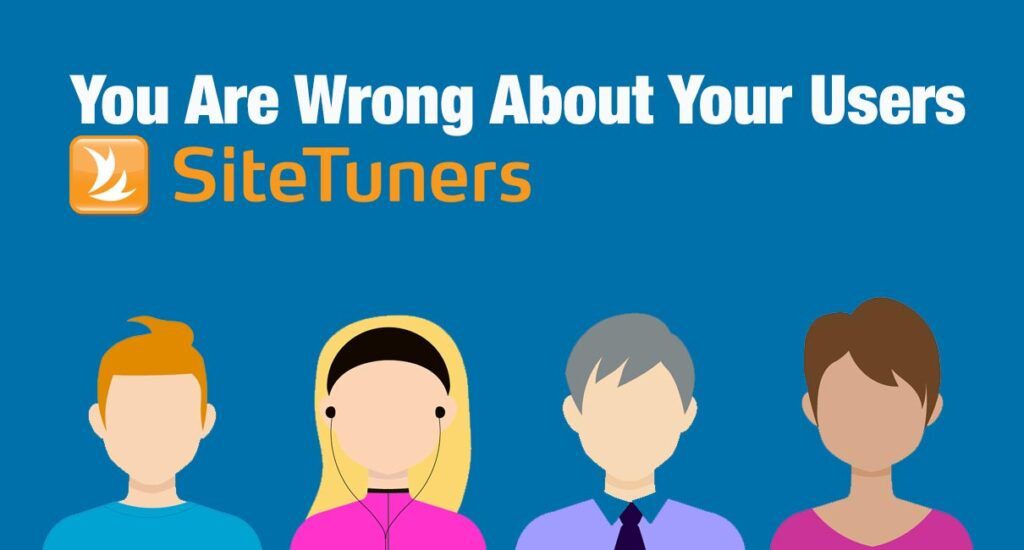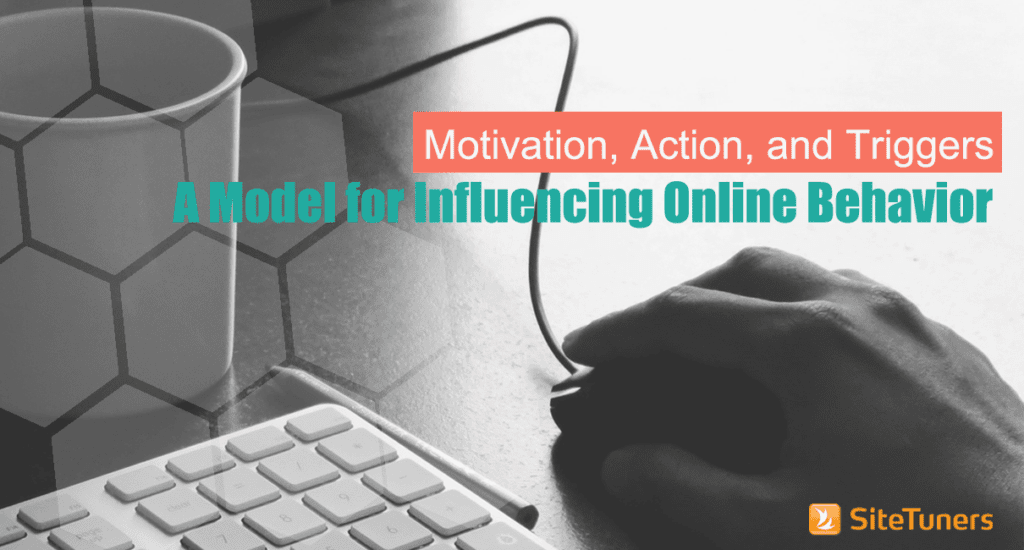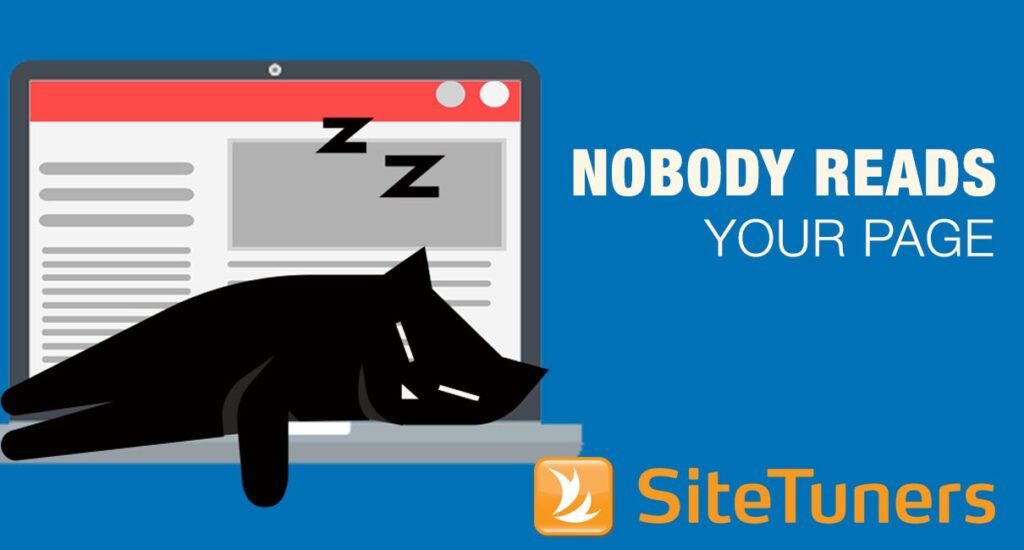
Who are you trying to influence? What are they like? Can you see the world from their perspective?
Before you can even look at the specific issues and problems with your landing page, you must try to see it through the eyes of your audience.
It Starts With Empathy
We are all familiar with the Golden Rule: “Do unto others as you would have them do unto you.” This ethical guidepost exists in many variants among the world’s major philosophies and religions. But it is missing an essential component by presupposing that everyone is the same.
People are not all the same. If you want to understand your audience, you need to try to step outside of your own needs and experience the world from their perspective. Don’t just know their needs, but feel their problems. While you can never replicate their bodies, brains, or formative experiences, the following formula will help you articulate some important details about your audience.
Write Their Story: The 5 Ws Framework
Any journalist, news writer, or English teacher will tell you that the basis of a solid story lies in the five Ws formula. Once you can outline the who, where, when, why, what, and how of your audience, you’ll begin to better understand their needs and motivations.
Who is your audience? The “who” of your audience is defined by their demographics and segmentation. Because you can’t meet every visitor to your site in person, you are limited to using aggregates. Make sure you understand the traffic sources hitting your website and the specific landing pages. Uncover as much information as you can about these visitors and their behavior, and determine which segments of visitors are most likely to convert.
Where on your website does the interaction occur? Where are your mission-critical landing pages, the ones that lead to your primary conversion goal? Even if the “where” is an offline call-to-action such as a phone call or an in-store sale, the mechanism for it (e.g., displaying a special dedicated toll-free number, or creating a printable coupon for redemption in a store) is still part of the website.
When do your visitors make their decision? The “when” should be seen not as a specific time event, but more generally as a position in a decision process. Some visitors feel a vague unease about a concern that they may have, but have just begun to look around and try to formulate a response to their problem. Others know exactly what they want, and may only be concerned with completing whatever transaction is required to obtain their specific product. There needs to be appropriate information for a visitor regardless of their place in this process, but the more you understand about when they make their decision, the more effectively you can place the appropriate calls to action.
Why do visitors behave the way they do? The “why” can be understood by imagining the categories of cognitive styles, or rather how your visitors think, perceive, and remember information. Many psychologists and philosophers have proposed fundamental archetypes or frameworks for describing the basic human temperaments. One of the more popular models is the Myers-Briggs Type Indicator (MBTI), but there are many models that attempt to describe how people interact with the world, process information, and problem solve.
What is the task that you are asking them to complete? The “what” is the specific task that your visitor is trying to complete on your website. Tasks and how to properly define them are described in the previous “User-Centered Design” section.
How does your site operate in order for visitors to complete their tasks? The “how” is the actual design of your website or landing pages. It is the medium through which each task must be accomplished. Specific page elements include layout, organization, and emphasis of key information, text copy, the call-to-action, and hundreds of other factors. All of them combine to influence the effectiveness of your landing page. Conversion tuning tests help uncover and resolve problems in design.
Be a reporter. Write the story of your audience. You’ll be surprised at how this understanding can help you develop greater empathy and in turn, more effective landing pages.
This article originally appeared in Tim’s ClickZ column November 15, 2011
Take your conversions to the next level.Learn how our experts at SiteTuners can help kickstart your conversion rate optimization process or get better results from your CRO efforts. Give us 30 minutes, and we’ll show you a roadmap to your digital growth! |


